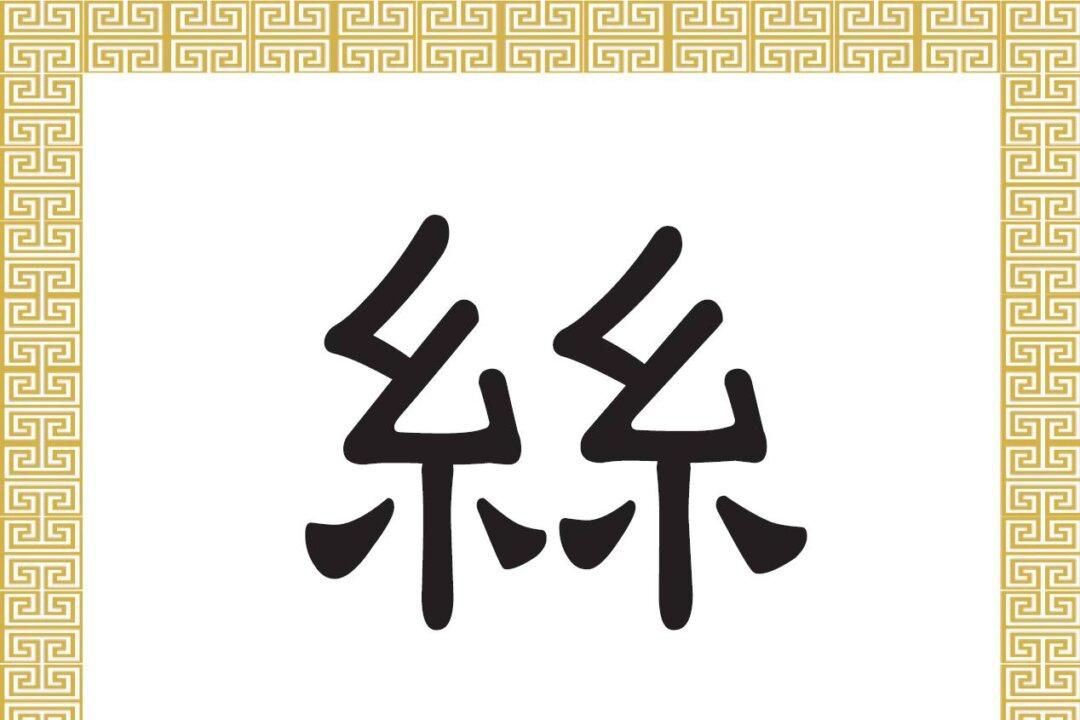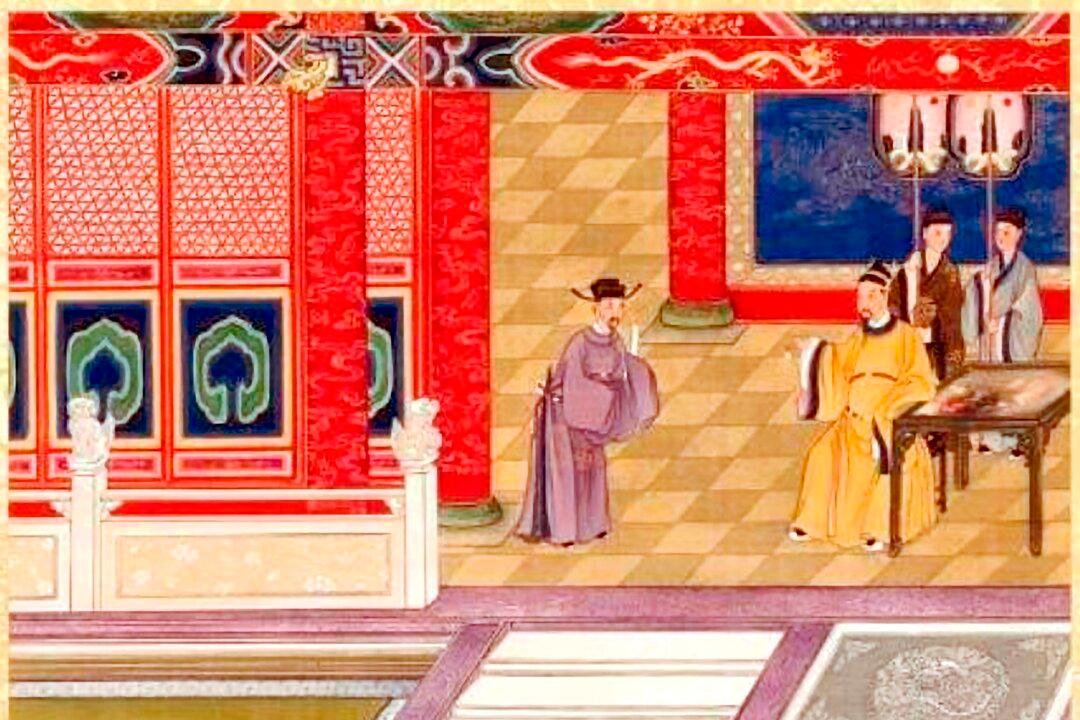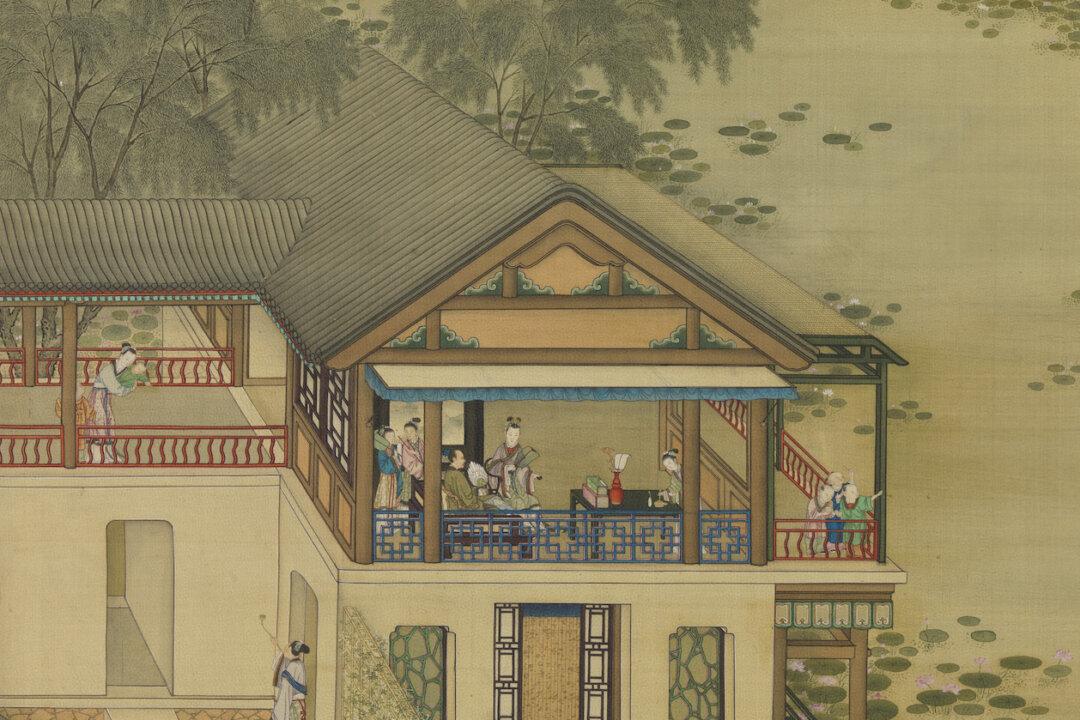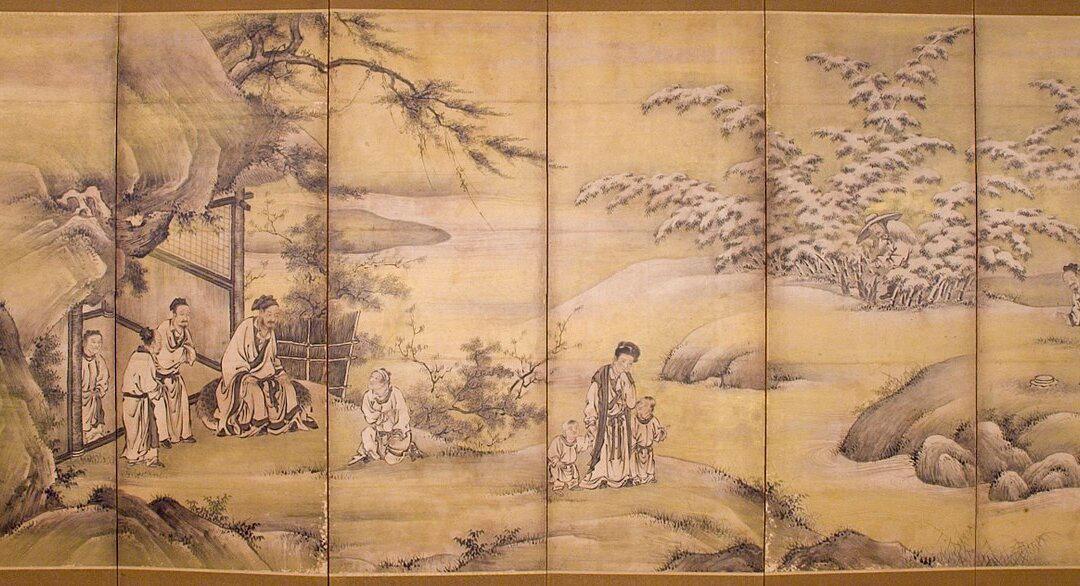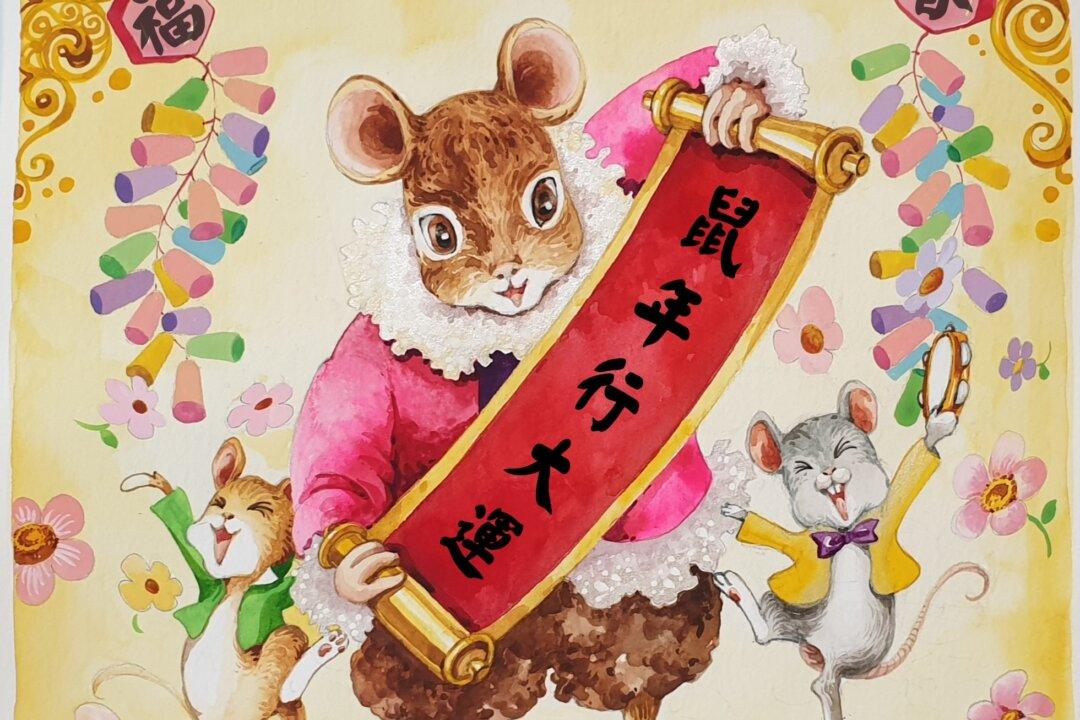The Chinese character 絲 (sī) refers to silk as well as fine thread and thread-like objects such as fibre, wire, or string. The character is also used to describe things of a very small amount.
絲 (sī) is composed of two instances of the radical 糸 (mì or sī), which means silk. On the left-hand side of 絲, some Chinese fonts use 糹 (sī), a form of 糸 that has three dots on the bottom, while other fonts use the form of 糸 that has the radical 小 (xiǎo) on the bottom, which means small.
The character 絲 depicts coils of silk or fine thread formed by strands that have been twisted together.
Some common character combinations using 絲 include 絲綢 (sī chóu), referring to silk, silk cloth, or silk fabric; 蠶絲 (cán sī), referring to the silk of the silkworm; 絲毫 (sī háo), meaning the smallest degree or quantity; 雨絲 (yǔ sī), a fine drizzle of rain; and 肉絲 (ròu sī), shredded meat.
Gourd, clay, leather, wood, jade or stone, metal, string, and pipe are eight kinds of materials used to make eight types of musical instruments in ancient China. 絲竹 (sī zhú) is a collective term that refers to stringed and wind instruments, such as the pipa and Chinese zither, which are made of 絲 (sī), or silk strings, and the flute, which is made of 竹 (zhú), or bamboo pipe.
The phrase 一絲亮光 (yī sī liàng guāng) describes a thread of light, while 一絲笑容 (yī sī xiào róng) describes a trace of a smile.
絲毫不留 (sī háo bù liú) means not a trace is left behind, and 絲毫無誤 (sī háo wú wù) means something is exactly right and without error.
Silk fabrics were a major export of ancient China, and the important trade in silk gave rise to the name of the famous Silk Road that connected ancient China to the West, called 絲綢之路 (sī chóu zhī lù) in Chinese.
蠶吐絲, 蜂釀蜜, 人不學, 不如物 (cán tǔ sī, fēng niàng mì, rén bù xué, bù rú wù) is a poetic verse from ancient China that refers to the silkworm and conveys a moral teaching.
The verse teaches that the silkworm spins silk to enable people to weave cloth, the bee makes honey for people to eat, and if people do not engage in learning, then they are not even as good as tiny insects.
